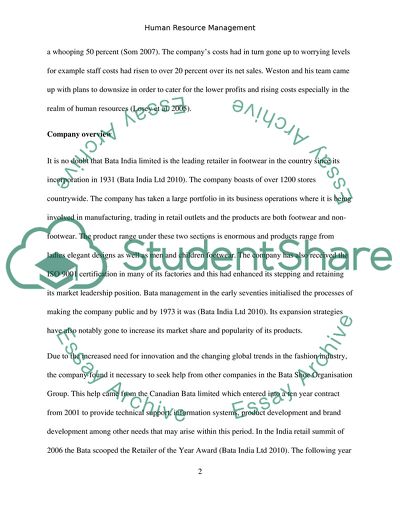Cite this document
(Human Resource Management of Bata Shoe Company Term Paper, n.d.)
Human Resource Management of Bata Shoe Company Term Paper. Retrieved from https://studentshare.org/human-resources/1740317-human-resource-management
Human Resource Management of Bata Shoe Company Term Paper. Retrieved from https://studentshare.org/human-resources/1740317-human-resource-management
(Human Resource Management of Bata Shoe Company Term Paper)
Human Resource Management of Bata Shoe Company Term Paper. https://studentshare.org/human-resources/1740317-human-resource-management.
Human Resource Management of Bata Shoe Company Term Paper. https://studentshare.org/human-resources/1740317-human-resource-management.
“Human Resource Management of Bata Shoe Company Term Paper”, n.d. https://studentshare.org/human-resources/1740317-human-resource-management.


